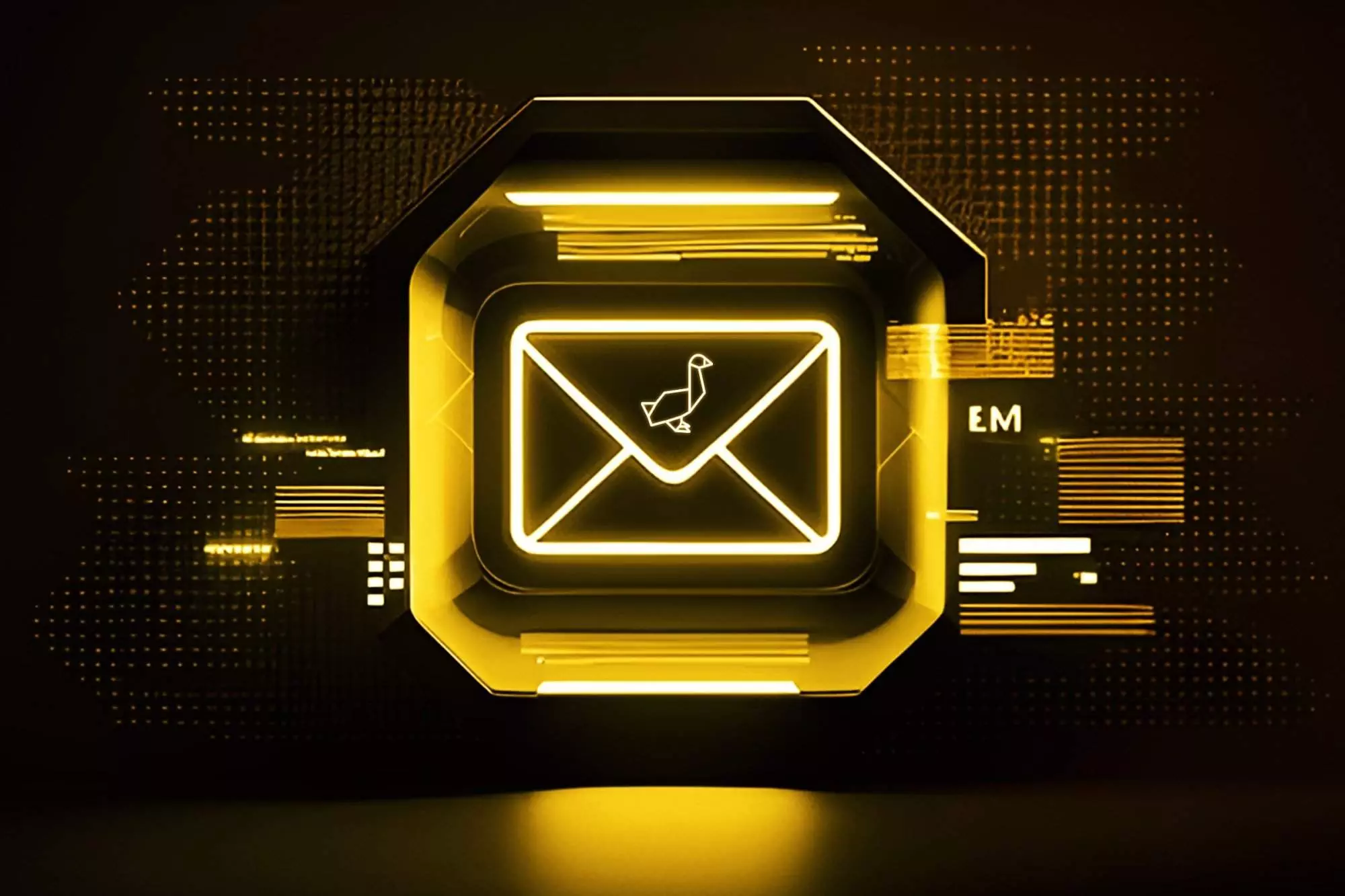Adopting AI, especially in the form of AI newsletters, is no longer optional—it’s a strategic imperative for businesses to sustain and grow. As technology evolves further into deep learning and robotics, the AI newsletter of the future will keep us updated on these advancements, shaping everything from our daily operations to larger business strategies.
An AI newsletter is a digitally automated, intelligent system that streamlines the process of creating and sending newsletters. It uses advanced algorithms to craft personalized, high-quality content that resonates with each user. AI newsletters bring a whole new dimension to one’s workflow, driving efficiency and productivity through data-driven, targeted messaging.
The utilization of AI in newsletters works through the analysis of data using Machine Learning (ML) algorithms. ML is a subset of AI that enables the system to learn from data, identify patterns, and make decisions with minimal human intervention.
The AI newsletter system creates highly personalized content upon receiving data about subscribers, their interests, behavior, and interaction with previous newsletters.
The Relationship Between Artificial Intelligence And Workflow Efficiency
Enhancing workflow efficiency is a top priority for many businesses today, and the rise of artificial intelligence (AI) technology is instrumental to this pursuit. With the onset of AI newsletters, businesses have found a transformative solution that boosts productivity and efficiency.
AI, machine learning, deep learning, and data science interact to create technological solutions that streamline operations. AI leverages large volumes of data to learn patterns and behaviors, making predictions and driving intelligent actions that bring notable efficiency to daily operations. Here’s a glimpse into how AI newsletters specifically contribute to workflow efficiency.
AI newsletter creations utilizing OpenAI provide a comprehensive summary straight to your inbox. By subscribing to these newsletters, businesses can stay ahead in the game, ready to adapt to the latest innovations in AI, automation, machine learning, or robotics.
Using potent algorithms, the best AI newsletters curate content based on the recipient’s interests, making each communication personalized and relevant. This saves considerable time that would otherwise be spent manually analyzing, segmenting, and targeting subscribers.
Step-by-Step Guide to Utilizing AI in Creating a Newsletter
Creating an engaging weekly newsletter that covers the latest AI developments doesn’t need to be overwhelming. By incorporating AI tools into the process, you can streamline your workflow and produce an outstanding newsletter. Here’s how:

Step 1: Gather Content with AI Curators
- Use AI curation tools to gather the most relevant and recent articles, papers, or blogs.
- Tools like TLDR AI automate the content collection process by summarizing long-form content.
Step 2: Content Selection and Personalization
- Analyze subscriber data to determine their interests and previous engagement with topics like deep learning weekly or data science in 5 min.
- Personalize newsletter segments to ensure readers receive curated content that resonates with their preferences.
Step 3: Craft Your Newsletter with AI Writing Assistants
- Use AI writing tools to draft your newsletter, from introductions to content summaries.
- AI like GPT-3 can help to rephrase content into a uniform voice that aligns with your brand.
Step 4: Optimize Newsletter Timing and Frequency
- Based on user data analysis, AI tools can predict the best times to send your newsletter to maximize opens and engagement.
- Schedule your emails accordingly to ensure your latest AI developments reach readers promptly.
Step 5: Enhance with Generative AI Visuals
- Integrate visuals with the help of generative AI, which can create images or infographics related to the latest developments in AI and new AI tools.
Step 6: Subject Line and Snippet Generation
- Use AI to generate compelling subject lines and email snippets that improve open rates.
- A tool like Phrasee can tailor language that resonates best with your audience based on sentiment analysis.
Step 7: Perform A/B Testing
- AI can help you run A/B tests on different aspects of your newsletter, from subject lines to the call to action.
- Adjust content based on what AI identifies as most effective for engaging your audience.
Step 8: Track Engagement and Iterate
- Analyze how your subscribers interact with each newsletter using tools that provide insights into opens, clicks, and conversions.
- Let AI inform you on which topics, like MIT technology or the future of AI, captivate your audience, refining future content curation.
Step 9: Feedback Loop
- Implement an AI-powered feedback tool that allows subscribers to rate the newsletter content.
- Use this data to understand how the field of AI is moving and what interests your readers to tailor future issues.
Step 10: Continuous Learning and Updating
- The latest AI developments rapidly evolve, so subscriptions to AI-focused newsletters and feeds can keep you informed.
- Constantly update your AI tools and strategies to ensure your newsletter stays at the cutting edge.
By following these steps and effectively using AI, you will save time, increase productivity, and potentially unlock new insights into what makes a newsletter successful. Remember, the goal is not to replace the human touch but to use AI to enhance the content and ensure it remains pertinent as the field of AI moves forward.
Common Newsletter Creation Options
Creating an engaging newsletter involves selecting the right platform that aligns with your goals, audience, and content strategy. Below is a comparative analysis of common newsletter creation options, highlighting how they stand in terms of features, ease of use, and suitability for incorporating AI and the latest technologies.
1. Mailchimp
- Features: Offers comprehensive tools, including email automation, audience segmentation, and detailed analytics.
- Ease of Use: Known for its user-friendly interface, making it suitable for beginners and professionals alike.
- AI Integration: Provides predictive segmentation and content personalization through AI, allowing for targeted campaigns.
- Standpoint: Excellent for businesses of all sizes looking to scale their email marketing efforts with the help of AI.
2. Substack
- Features: Focuses on simplicity, allowing writers to easily publish newsletters and get paid through subscriptions.
- Ease of Use: Extremely straightforward with minimal setup, ideal for individual creators and writers.
- AI Integration: Limited direct AI integration options, but its simplicity allows for easy incorporation of external AI tools for content creation.
- Standpoint: Best for independent writers and creators focusing on content rather than complex email marketing strategies.
3. Sendinblue
- Features: Offers email campaigns, SMS messages, and automated workflows alongside CRM functionality.
- Ease of Use: Features a drag-and-drop editor with a slightly steeper learning curve than Mailchimp.
- AI Integration: Advanced segmentation and send-time optimization powered by machine learning.
- Standpoint: Suitable for businesses that need a comprehensive marketing suite with CRM and advanced AI capabilities.
4. ConvertKit
- Features: Tailored for creators, featuring email automation, landing pages, and commerce tools to sell digital products.
- Ease of Use: Clean interface designed for non-tech-savvy users, focusing on content creators.
- AI Integration: Has basic automation but less emphasis on AI compared to others. Works well with external AI tools for content.
- Standpoint: Ideal for bloggers, artists, and YouTubers who want to grow their audience easily and monetize their craft.
5. HubSpot Email Marketing
- Features: Part of the HubSpot CRM platform, offering email marketing automation, plus advanced analytics and reporting.
- Ease of Use: Designed for marketing professionals, with a learning curve for its advanced features.
- AI Integration: Strong AI capabilities for content personalization, lead scoring, and marketing optimization within the broader HubSpot ecosystem.
- Standpoint: Best for medium to large businesses seeking a robust marketing solution integrated with CRM and sales tools.
Choosing the right newsletter creation platform depends on your specific needs, technical proficiency, and whether your focus is on leveraging AI for content and analytics or simplifying the content delivery process.
Each platform has its unique strengths and drawbacks, and the best choice varies depending on individual or business requirements.



